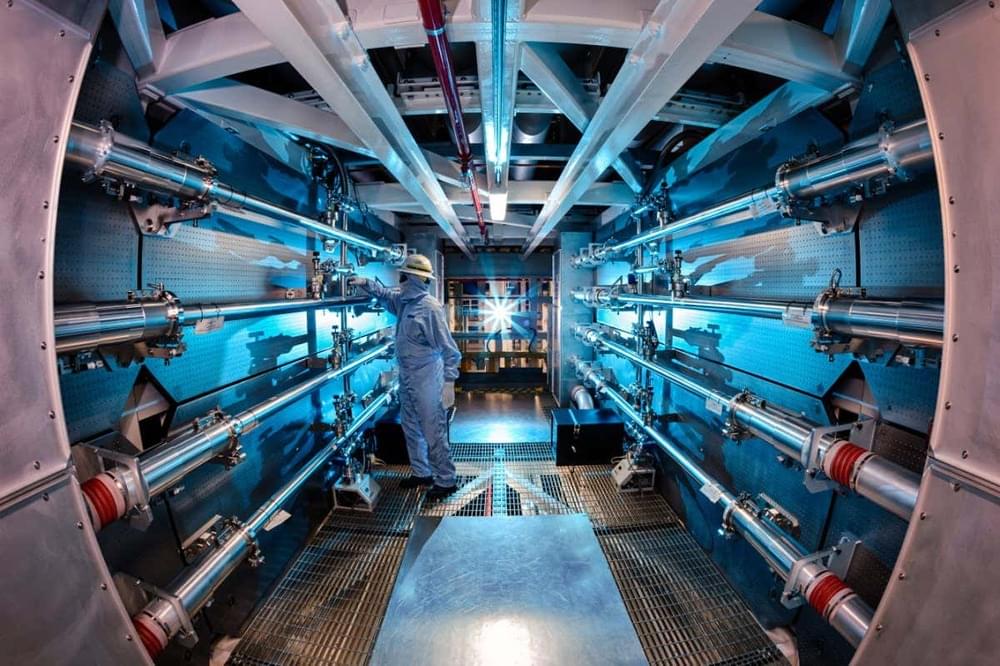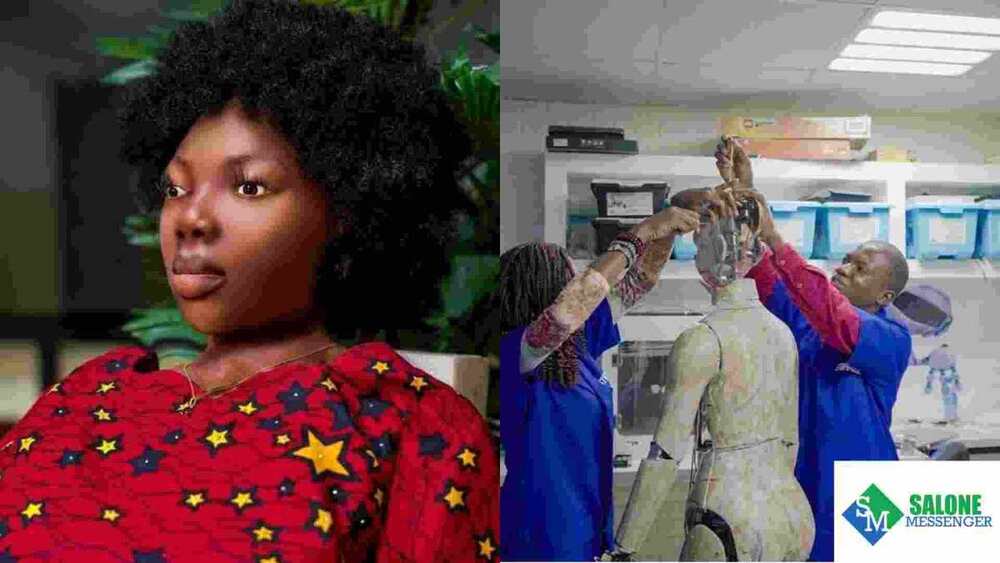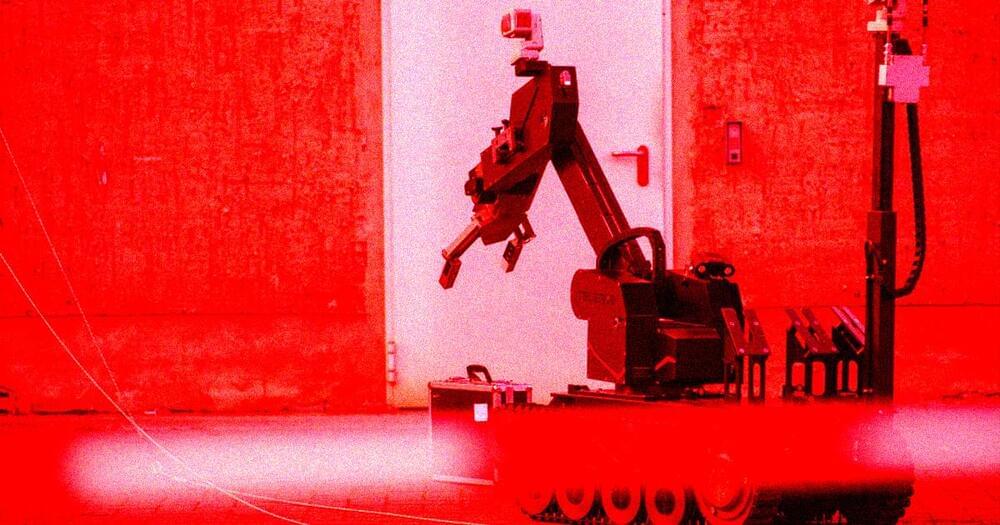The employees past and present are calling it a Twitter “takeover.”
Elon Musk, in a move to wrap himself up in a blanket of his own financing, has bought ad space on Twitter. SpaceX bought the ads for Starlink, and they will play on top of the Twitter platform’s feed for one day in Spain and Australia.
In a tweet in reply to another Twitter account Musk said of the deal, “SpaceX Starlink bought a tiny — not large — ad package to test effectiveness of Twitter advertising in Australia & Spain. Did same for FB/Insta/Google,”
Getty Images.
The reporting is from sources at CNBC.







